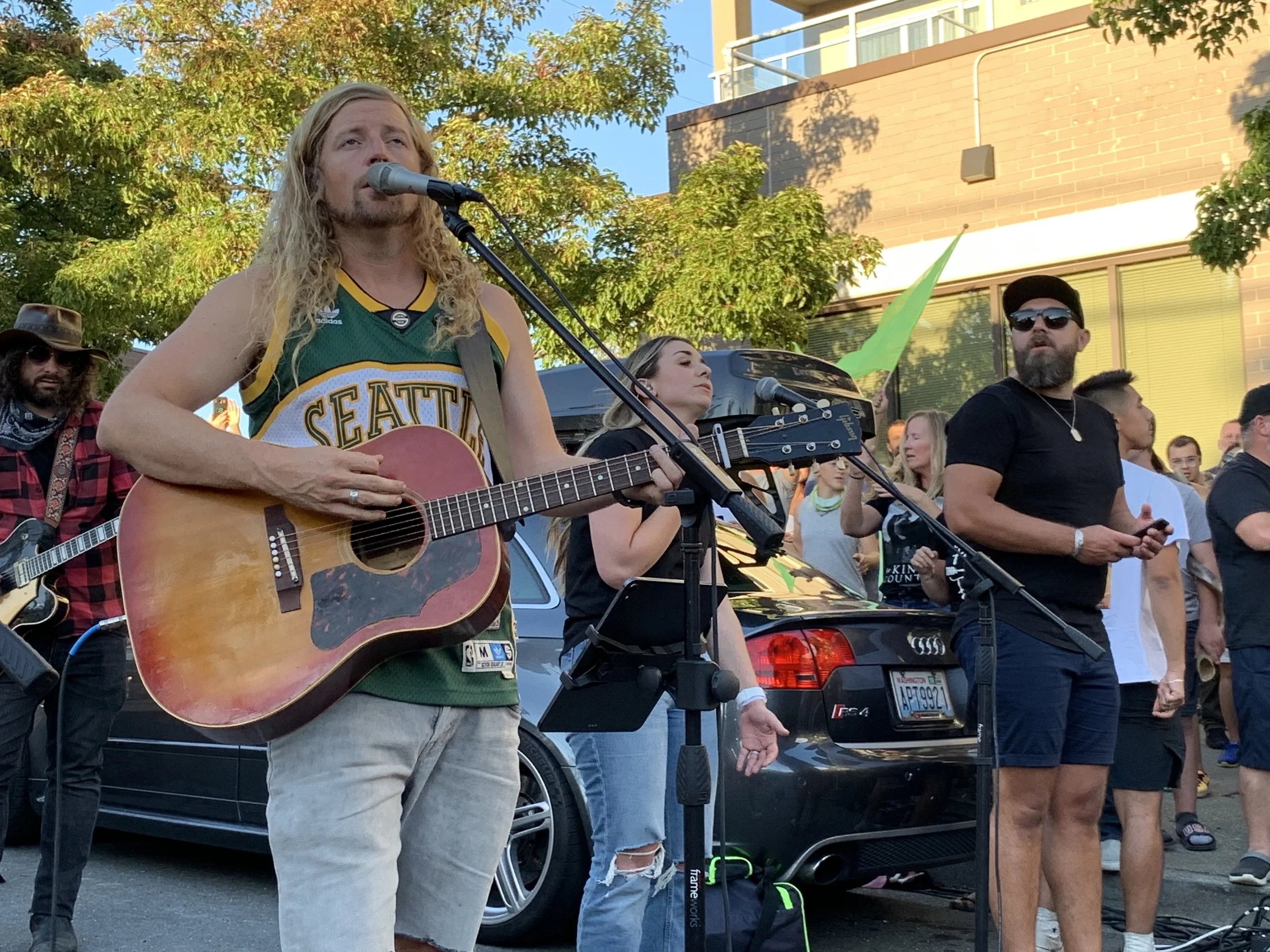The past week has been Jewish education week in the media as there were several stories that hit the fan all at once. We’re talking about:
* This Washington Post piece on New York state forcing ultra-Orthodox schools to teach secular subjects;
* This New York Times blockbuster — no other word for it — on how Hasidic Jewish schools are operating a network of madrassa-like institutions whereby students barely learn English, much less basic education staples such as history or math.
* The Jewish Telegraphic Agency on a decision by liberal Supreme Court Justice Sonia Sotomayor who ruled that Yeshiva University in New York City could — for doctrinal reasons — ban an official LGBTQ club/advocacy group on its campus.
The Times investigation is the behemoth of the lot, taking more than a year to compile and be published before the state’s Board of Regents votes today (Sept. 13) on whether a yeshiva’s (religious school’s) secular curriculum (such as it is) could be rejected by the state.
It was a massive amount of work in terms of plowing through public records, 275 people interviewed, tons of Yiddish documents translated and, according to Brian Rosenthal, one of the two lead reporters, it’s probably the first time the Grey Lady has published a Yiddish translation or a news report. Here’s the beginning:
The Hasidic Jewish community has long operated one of New York’s largest private schools on its own terms, resisting any outside scrutiny of how its students are faring.
But in 2019, the school, the Central United Talmudical Academy, agreed to give state standardized tests in reading and math to more than 1,000 students.
Every one of them failed.
Which was by design, the article continued, because these schools are meant to steep students solely in Jewish law and tradition in Yiddish-only surroundings to the point that many students never learn English, so find it impossible to get a job in the outside world.










